
Mythological Stories of the Nine Nag Devtas: Serpent Gods in Hinduism
Focus Keywords: Nine Nag Devtas, Hindu mythology, serpent gods
Slug: nine-nag-devtas-mythological-stories
Meta Description: Explore the mythological stories and significance of the nine Nag Devtas, the serpent gods in Hindu mythology. Discover their roles, legends, and worship practices.
Alt text image: Mythological depiction of the nine Nag Devtas, serpent gods in Hinduism
Table of Contents
- Introduction to the Nine Nag Devtas
- Ananta: The Infinite Serpent
- Vasuki: The King of Serpents
- Shesha: The Cosmic Serpent
- Padmanabha: The Lotus Navel Serpent
- Kambala: The Serpent Guardian
- Shankhapala: The Serpent with a Conch
- Dhritarashtra: The Serpent King of Gandhara
- Takshaka: The Immortal Serpent
- Kaliya: The Serpent of Yamuna
- Significance of Nag Devtas in Hindu Mythology
- Worship Practices and Rituals
- Nag Devta Mantra and Its Meaning
- Conclusion
- FAQs
Introduction to the Nine Nag Devtas
In Hindu mythology, Nag Devtas are revered serpent gods with immense spiritual significance. These deities are believed to possess protective powers and are associated with various aspects of life and the cosmos. The nine prominent Nag Devtas are Ananta, Vasuki, Shesha, Padmanabha, Kambala, Shankhapala, Dhritarashtra, Takshaka, and Kaliya. Each of these serpent gods has unique legends and roles in Hindu tradition.
Ananta: The Infinite Serpent
Ananta nag devta Ananta naag DevtaAnanta, also known as Adishesha, is depicted as a multi-headed serpent and is considered the king of all Nagas. He serves as the bed on which Lord Vishnu rests in the cosmic ocean. Ananta symbolizes eternity, representing the endless cycle of creation and destruction. According to legend, Ananta holds the entire universe on his hoods and is a personification of cosmic energy and time.
Vasuki nag devtaVasuki: The King of Serpents
Vasuki is a significant figure in Hindu mythology, known for his role in the Samudra Manthan (churning of the ocean). He served as the churning rope wrapped around Mount Mandara. Vasuki's cooperation in this divine task highlights his importance and strength. He is often depicted with a gem on his head, symbolizing his association with wealth and prosperity.
Shesha Nag DevtaShesha: The Cosmic Serpent
Shesha, or Sheshanaga, is known for his role in upholding the universe. He is depicted as carrying the earth on his hoods and is an incarnation of Lord Vishnu. Shesha's association with cosmic balance and order makes him a vital deity in Hindu worship. He represents stability, order, and the foundation of the cosmos.
padmanabha nag deviPadmanabha: The Lotus Navel Serpent
Padmanabha is a unique form of Shesha, depicted with a lotus growing from his navel. This lotus is the seat of Lord Brahma, the creator. Padmanabha's imagery symbolizes creation emerging from the primordial waters. He represents the interconnectedness of creation and the sustaining power of the universe.
Kambala nag devtaKambala: The Serpent Guardian
Kambala is revered as a guardian of sacred spaces and treasures. His protective nature makes him significant in rituals aimed at safeguarding homes and families from negative energies. Kambala symbolizes vigilance, protection, and the safeguarding of spiritual wealth.
Shankhapala nag devta Shankhapala naag DevtaShankhapala: The Serpent with a Conch
Shankhapala is identified by the conch shell (shankha) he holds, representing the sound of the universe (Om) and divine truth. Shankhapala's association with the conch highlights his role in spreading wisdom and knowledge. He symbolizes clarity, spiritual insight, and the dissemination of sacred knowledge.
Dhritarashtra naag DevtaDhritarashtra: The Serpent King of Gandhara
Dhritarashtra, named after the blind king from the Mahabharata, is the serpent ruler of the Gandhara region. His presence in Hindu mythology is a reminder of the complex interplay between power and morality. Dhritarashtra symbolizes justice, moral strength, and the pursuit of righteousness.
Takshaka nag devtaTakshaka: The Immortal Serpent
Takshaka is a renowned serpent king known for his role in the Mahabharata, where he was responsible for King Parikshit's death. Despite his fearsome reputation, Takshaka is worshipped for his immortality and resilience. He represents endurance, survival, and the ability to overcome adversities.
Kaliya nag devtaKaliya: The Serpent of Yamuna
Kaliya is famous for his encounter with Lord Krishna, who subdued him and danced on his hoods. This event celebrates the triumph of good over evil. Kaliya's story is a powerful reminder of the divine's ability to conquer negativity. He symbolizes purification, the destruction of evil, and divine intervention.
Significance of Nag Devtas in Hindu Mythology
The Nag Devtas hold a vital place in Hindu mythology, symbolizing various aspects of life, nature, and the cosmos. They are often associated with water bodies, fertility, and prosperity. Their legends underscore the themes of protection, resilience, and the eternal cycle of creation and destruction.
Worship Practices and Rituals
Worship of the Nag Devtas involves various rituals, including the offering of milk, flowers, and prayers. Temples dedicated to these deities are found across India, where devotees seek their blessings for protection and prosperity. Special festivals, such as Nag Panchami, are dedicated to their worship, emphasizing their significance in Hindu culture.
Nag Devta Mantra and Its Meaning
The following mantra is often chanted in devotion to the nine Nag Devtas:
Mantra:
अनन्तं वासुकिं शेषं पद्मनाभं च कम्बलम्।
शंखपालं धृतराष्ट्रं तक्षकं कालीयमस्तकं।
एतानि नव नामानि नागानां च महात्मनाम्।
सायङ्काले पठेन्नित्यं प्रातःकाले विशेषतः।
तस्मै विषभयं नास्ति सर्वत्र विजयी भवेत्॥
Translation:
"Ananta, Vasuki, Shesha, Padmanabha, and Kambala;
Shankhapala, Dhritarashtra, Takshaka, and Kaliya;
These nine great serpents, if chanted daily in the evening and especially in the morning,
Grant protection from all kinds of poison and bestow victory everywhere."
Conclusion
The nine Nag Devtas—Ananta, Vasuki, Shesha, Padmanabha, Kambala, Shankhapala, Dhritarashtra, Takshaka, and Kaliya—occupy a significant place in Hindu mythology. Each of these serpent gods has unique attributes and legends associated with them. Their stories underscore the themes of protection, resilience, and the eternal cycle of creation and destruction. By understanding their mythological significance and incorporating their worship into daily practices, devotees can seek their blessings for a prosperous and harmonious life.
FAQs
Who are the nine Nag Devtas?
The nine Nag Devtas are Ananta, Vasuki, Shesha, Padmanabha, Kambala, Shankhapala, Dhritarashtra, Takshaka, and Kaliya. They are revered serpent gods in Hindu mythology, each with unique legends and attributes.
What is the significance of Ananta in Hindu mythology?
Ananta, also known as Adishesha, is the infinite serpent and king of all Nagas. He symbolizes eternity and the endless cycle of creation and destruction. Ananta serves as the bed for Lord Vishnu in the cosmic ocean.
Why is Vasuki important in Hindu mythology?
Vasuki is significant for his role in the Samudra Manthan (churning of the ocean), where he served as the churning rope wrapped around Mount Mandara. He symbolizes strength and cooperation.
What role does Shesha play in Hindu mythology?
Shesha, or Sheshanaga, is known for upholding the universe. He carries the earth on his hoods and is associated with cosmic balance and order, symbolizing stability and the foundation of the cosmos.
Who is Kaliya and what is his significance?
Kaliya is famous for his encounter with Lord Krishna, who subdued him and danced on his hoods. This event symbolizes the triumph of good over evil and Kaliya represents purification and the destruction of negativity.
How are the Nag Devtas worshipped?
The Nag Devtas are worshipped through various rituals, including offerings of milk, flowers, and prayers. Special festivals like Nag Panchami are dedicated to their worship, emphasizing their importance in Hindu culture.



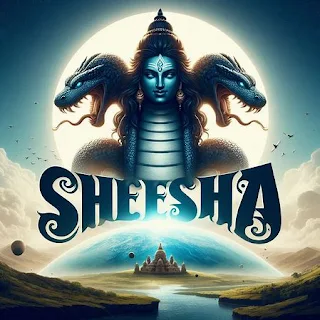

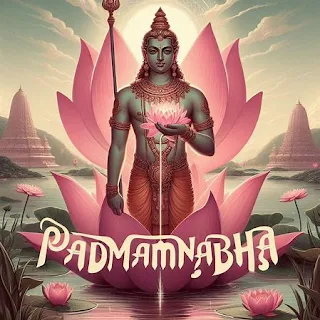

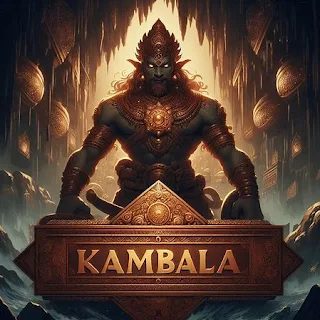

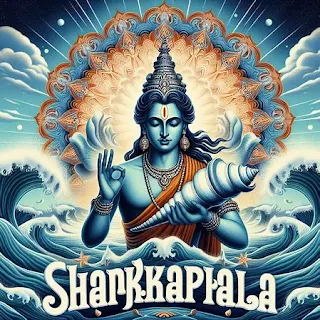



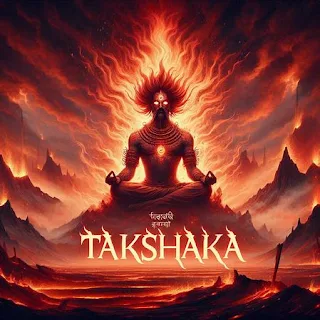








No comments:
Post a Comment